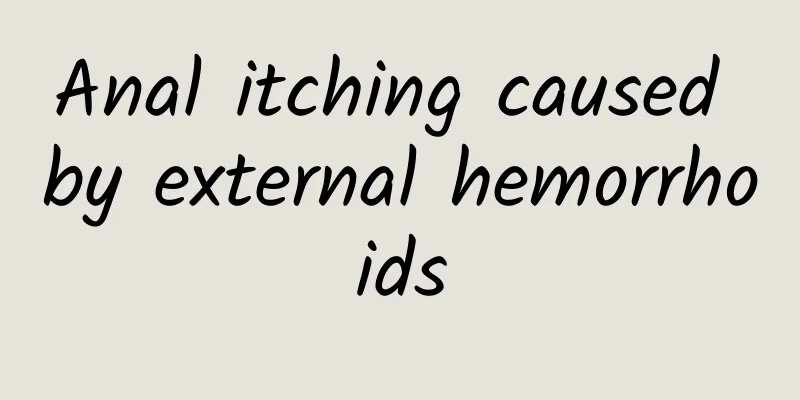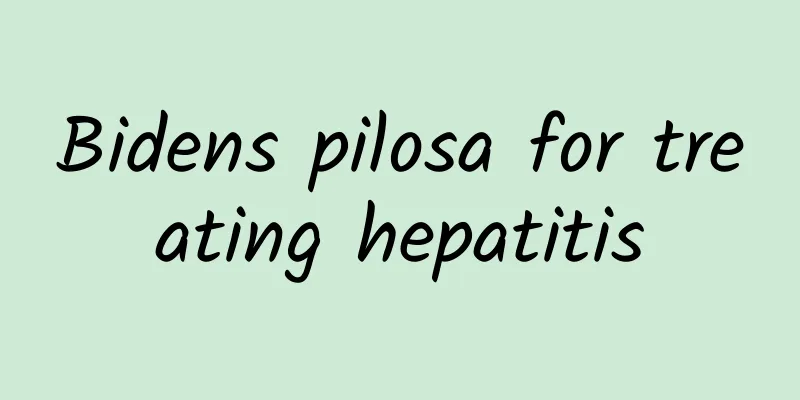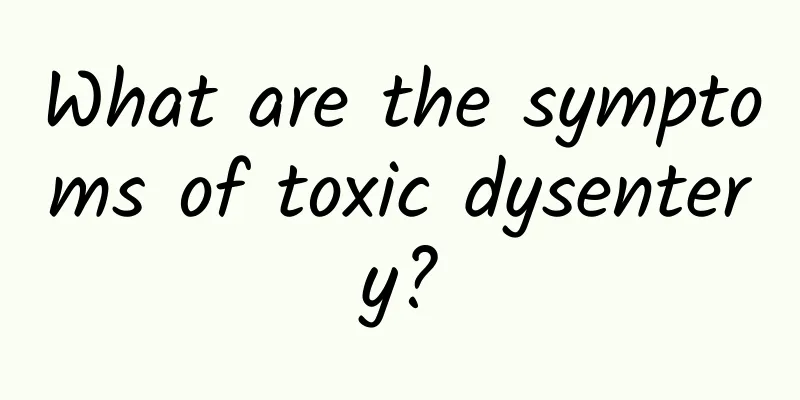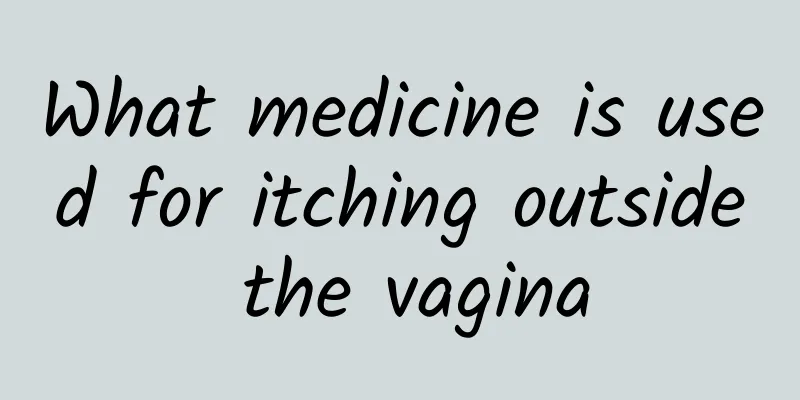Pimples on the anus
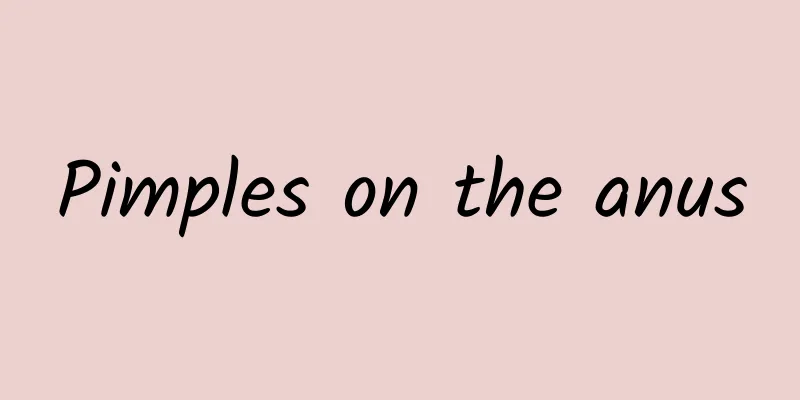
|
The most common cause of pimples on the anus is hemorrhoids. The occurrence of this anorectal disease is related to factors such as squatting for a long time when defecating, smoking, excessive force, and constipation. In addition to the pimples, the symptoms also include pain, blood in the stool, itching and other symptoms. Treatment methods are divided into surgical treatment and non-surgical treatment. Which one to choose depends on the condition. Let's take a look at the treatment methods for hemorrhoids. 1. Non-surgical treatment Asymptomatic hemorrhoids do not require treatment; symptomatic hemorrhoids do not require radical treatment; non-surgical treatment is the main treatment. (1) General treatment is applicable to most hemorrhoids, including the early stages of thrombotic and incarcerated hemorrhoids. Pay attention to your diet, avoid alcohol and spicy foods, increase fiber foods, eat more fruits and vegetables, drink more water, change bad bowel habits, keep bowel movements smooth, take laxatives when necessary, and clean the anus after defecation. For prolapsed hemorrhoids, be careful to gently push the hemorrhoids back with your hands to prevent them from falling out again. Avoid sitting or standing for long periods of time, do appropriate exercise, take a sitz bath with warm water (which may contain potassium permanganate) before going to bed, etc. (2) Local medication has been widely used. The drugs include suppositories, ointments and lotions, most of which contain Chinese herbal ingredients. (3) Oral medications are generally used to treat varicose veins. (4) Injection therapy is more effective for grade I and II bleeding internal hemorrhoids. The sclerosant is injected around the venous plexus in the submucosal layer to cause an inflammatory reaction and fibrosis, thereby compressing the varicose veins. The treatment can be repeated after one month to avoid injecting the sclerosant into the mucosal layer and causing necrosis. (5) Physical therapy: laser therapy, cryotherapy, direct current therapy, copper ion electrochemical therapy, microwave thermocoagulation therapy, and infrared coagulation therapy are rarely used. (6) Use rubber band to ligate the root of the hemorrhoids, blocking their blood supply and causing them to fall off and necrotize. This method is suitable for grade II and III internal hemorrhoids, and is more suitable for giant internal hemorrhoids and fibrotic internal hemorrhoids. 2. Surgery (1) Indications for surgery: Conservative treatment is ineffective, hemorrhoids are severely prolapsed, large fibrotic internal hemorrhoids are not well treated with injections, and there are anal fissures, anal fistulas, etc. (2) Surgical principles: Surgery is performed to reposition the prolapsed anal cushion and preserve the structure of the anal cushion as much as possible, thereby minimizing the impact on the ability to control bowel movements. (3) Preoperative preparation: When there are ulcers or infections on the surface of internal hemorrhoids, conservative treatment such as laxatives and warm water sitz baths should be performed first, and surgery can be performed after the ulcers have healed; bowel preparation should also be performed. (4) Surgical methods ① Thrombosed external hemorrhoidectomy is suitable for patients whose pain does not ease or the swelling does not shrink after conservative treatment of thrombosed external hemorrhoids. ② Traditional hemorrhoidectomy is external peeling and internal ligation. ③ Circumcision of hemorrhoids (Whitehead procedure) is a classic procedure in textbooks, which can easily lead to anal stenosis and is rarely used in clinical practice. ④PPH surgery: hemorrhoidal rectal mucosal circumcision and stapling with stapler. It was created by Italian doctor Longo and began to be promoted in 1998. It is mainly suitable for prolapsed III-IV grade mixed hemorrhoids, annular hemorrhoids, and some severely bleeding II grade internal hemorrhoids. The mechanism of PPH in treating prolapsed hemorrhoids: circular resection of 2 to 3 cm mucosa and submucosal tissue at the lower end of the rectum to restore the normal anatomical structure, i.e., the anal cushions are returned to their original position; the resection of the submucosal tissue blocks the blood supply of the superior hemorrhoidal artery to the hemorrhoidal area, causing the hemorrhoids to shrink after surgery. Compared with traditional hemorrhoidectomy, PPH surgery has shorter operation time, less postoperative pain, faster recovery and fewer complications, but the equipment is more expensive. (5) Postoperative treatment: Observe whether any complications occur, pay attention to diet, and maintain smooth bowel movements. |
<<: How to relieve dizziness caused by cold immediately
>>: Symptoms of protein allergy
Recommend
What is cervical cyst?
Nowadays, more and more women are suffering from ...
What to do if hemorrhoids bleed? An old Chinese doctor recommends a few small remedies
Sometimes, people have blood in their stools when...
Pain on the left side of the abdomen
Do not ignore the pain on the left side of the ab...
What medicine is effective for impetigo
Impetigo is a relatively common type of skin infl...
How to take care of your body and recover quickly after miscarriage?
Miscarriage is an experience that many women have...
Foods to avoid when coughing
When you have a cough, you should also pay attent...
My stomach hurts sometimes and then not. What's going on?
Stomach pain is a very common condition in people...
Fast heart rate while eating
We all know that the speed of the human heart bea...
Dry and flaky skin on legs
It is well known that lack of water in the human ...
Causes of high troponin
The normal functioning of muscles throughout our ...
What to do if you have back pain due to excessive sex
It is also common to experience lower back pain d...
What causes the chest to be concave?
Under normal circumstances, a person's chest ...
What fruits are good for getting angry?
In traditional Chinese medicine, getting angry is...
What kind of ginkgo leaves
The leaves of the ginkgo tree are fan-shaped, wit...
What does bilateral breast calcification mean?
Breast refers to a part of the female body, and t...
